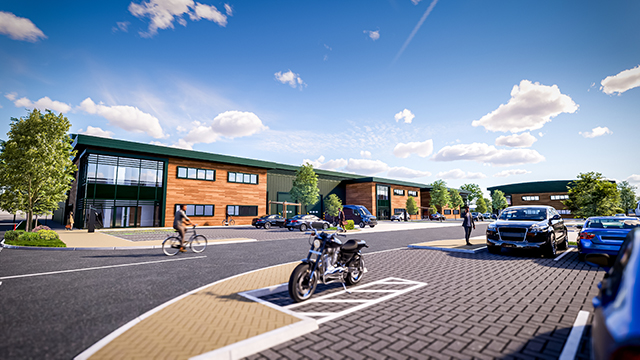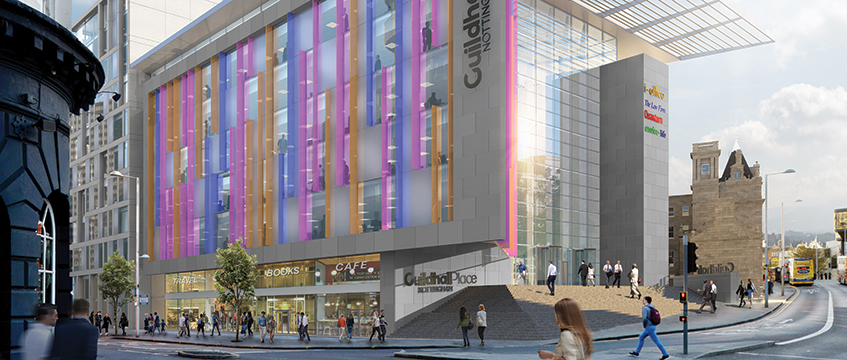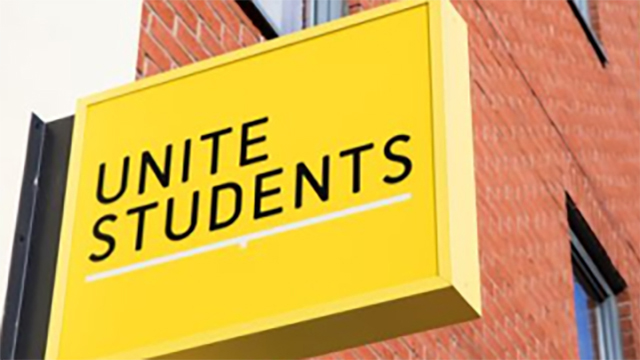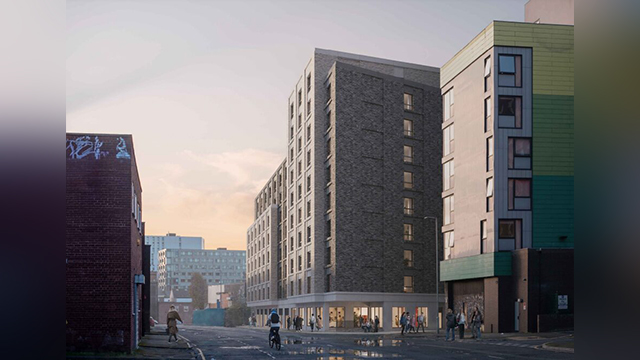Devolution has helped shift the focus of central government onto the regions. Investors too have turned their attention outside London looking for better deals than they’d find in the overheating capital. And yet Nottingham doesn’t appear to perform quite as well as the others.
Average office rents in the city are £12.50 per sq ft – the second lowest of the key regional cities – and headline rents remain stubbornly below £20 per sq ft at £19.75, according to EG data. Take up for the first half of the year was 80,500 sq ft compared to around 250,000 sq ft for the entirety of 2016. Lack of new stock may be limiting deals, but while there are office schemes planned, speculative development is tricky to stack up.
So what can Nottingham do to grab its share of the spoils and match its regional counterparts?
What it is
“Let’s not start with the negatives,” says Tim Garratt, managing director of Innes England. “The positives are it is great city to live and work and play in, and we have spent the last 10 years sorting out the infrastructure.”
Regardless of the new HS2 link up, Nottingham is already one of the greenest and least car reliant cities in the UK according to the council, and one of only five cities outside London to have a tram network.
Low office rents are a bonus to occupiers, as is cheap housing. The city is already home to the likes of Boots and Experian, and is attracting others. JLL director James Keeton cites Now: Pensions, which took 30,000 sq ft when it moved its operation out of London.
“What they liked was the young and skilled work force,” he says.
Developments are in the offing: Bildurn has submitted plans for 50,000 sq ft at Station Street, while Miller Birch intends to develop 410,000 sq ft at the Guildhall site. But these schemes need prelets, and many of the recent lettings are for back office functions. The councils says nine out of 10 jobs are in the service sector.
Mark Bielby, development director at Miller Birch, says it builds in Nottingham because it’s a market they understand and where they can work with stakeholders they know towards a common objective.
But he adds: “It’s not the easiest city to develop in, because the scale is not there. But you have to work in the market you have and accept it, it still has many attractions.”
What it’s not
Taking the top 14 cities in the UK, EG data shows that Nottingham is the only city to have headline rents below £20 per sq ft, while take-up was only lower in H1 in Southampton.
“Nottingham, from our point of view, is number 10 or number 11, the top end of the next sector down, as a city and as an office market in the city,” says Andrew Venables, director at GVA.
Permitted development rights has seen around 20% of the city’s office stock converted into residential, according to Lambert Smith Hampton, which means there are fewer options for potential inward investors – and local churn.
Low rents, while good for occupiers who can find space, mean there are viability issues for private development.
“The issue is in order to deliver new grade A space, rent needs to be £24 per sq ft to deliver a viable product,” says Venables.
Garratt says there has been interest on the BioCity scheme in the city centre, where they are quoting rents of £22.50 per sq ft for small chunks of existing space, but for the moment a deal has yet to sign.
Requirements are generally small, Venables says rarely above 50,000 sq ft, which makes it harder to get a prelet of sufficient scale in order to make an office development work.
The solution?
So, what’s the answer? Clustering and the creation of spaces for particular occupiers is one method. Garratt says: “I hate all these buzzwords but this concept of clustering all these people together, like the BioCity offer and MediCity – that clustering around sectors is really important.”
BioCity Nottingham was launched in 2003 as one of the first bioscience incubators in Europe and claims to have a 91% success rate for its companies. In 2013 MediCity Nottingham was started on the Boots campus, acting as incubator space for start-up companies.
Garratt points to the example of Eindhoven in Holland, where Phillips moved out and a high-tech campus was created and which now generates more patents than anywhere else in Europe.
Its ambitious, but Nottingham’s key asset is its universities: keeping that young educated population is one of the very visible routes to success.
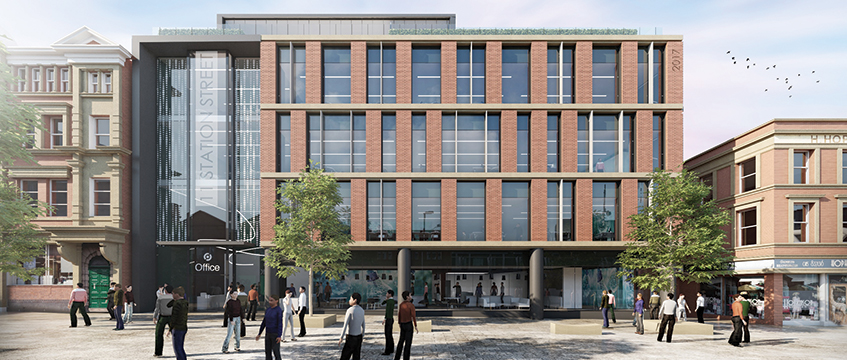
The council has land it can offer for development and is instigating partnerships, and is even rumoured to be considering forward funding schemes.
At the Guildhall site, it is partnering with Miller Birch for 300,000 sq ft of development on its land, while at Angel Row in a joint venture with Henry Boot it intends to redevelop the library and enable 50,000 sq ft of new office development.
Bielby says: “In terms of the inward investment team in place, they are very keyed up, any incentives available are very open and vanilla, they have been open to the financial incentives they can provide.”
The council’s arms-length investment arm Invest in Nottingham says in terms of funding and support “nothing is off the table… and we are happy to discuss bespoke financial packages”.
But council involvement is a double-edged sword: the process can be painfully slow, while public outcry against council land sales can delay development. Councils can also be victims of legislation, and already, the Chartered Institute of Public Finance and Accountancy’s is tightening rules on council borrowing.
Venables says the council should put its own covenant on a building to give the confidence for delivery, but there are risks to direct involvement. Neighbouring city Derby part-funded the 33,000 sq ft Friar Gate Square, but it stood vacant for two years before being let to the University of Derby, having missed out on a private sector letting.
Invest in Nottingham says it is undertaking a programme of proactive outreach, targeting London businesses looking to expand or for a more cost-effective city.
At the macro level, how it positions itself within the new Midlands Engine will also be important – already there are rumours that while the West Midlands has more joined up thinking, securing a devolution deal and electing a metro mayor, city rivalries in the east are holding it back.
Sir John Peace, in the Nottingham City Growth plan, said the city needs to foster enterprise, support training and create a 21st century infrastructure. But that was in 2012, and since then it has not been updated.
Indigenous occupiers
Amidst all this looking out, local agents say the city must continue to appeal to its current occupants.
“We are all chasing the big clients coming out of the bigger cities, but we need to focus on our indigenous occupiers as much,” says Keeton.
Faithful+Gold were unable to move offices earlier this year, despite needing more space. KPMG, Deloitte and Gleeds struggled to have their requirements met.
A focus on the occupiers and what they want may well be the other major selling point for the city, and ties in with Bielby’s way of thinking about how to attract further tenants and investment.
Nottingham is one of the smaller British cities. It has a lot to shout about but it needs to make its voice heard.
To send feedback, e-mail alex.peace@egi.co.uk or tweet @egalexpeace or @estatesgazette






